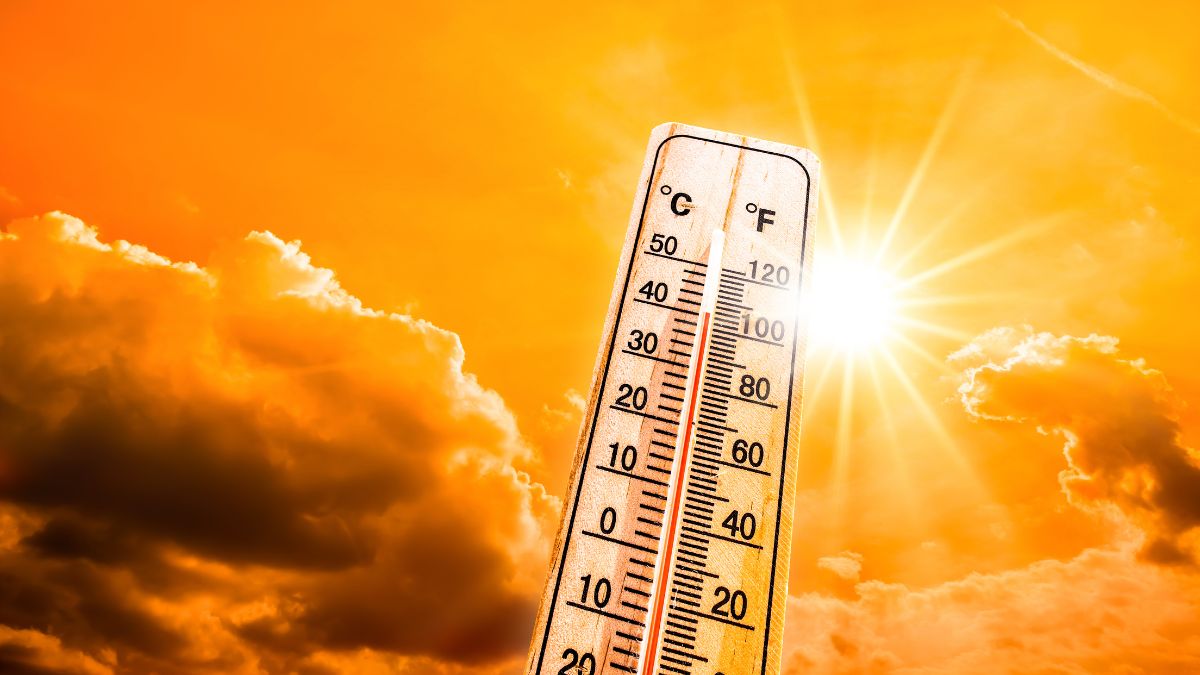Heatwave Alerts: Understanding the Basics
The Indian Meteorological Department (IMD) issues red alerts for heatwaves in regions like Delhi, Punjab, Haryana, and Western Rajasthan, signalling severe heatwave conditions lasting up to five days.
Defining a Heatwave
A heatwave is determined by the IMD based on temperature thresholds, where maximum temperatures exceeding 40°C for plains and 30°C for hilly areas are considered. Coastal regions face a heatwave when maximum temperatures deviate by 37°C from the norm.
Severity Levels: Heatwave vs. Severe Heatwave
A heatwave involves a temperature rise of 4.5°C to 6.4°C above normal, while exceeding 6.4°C qualifies as a severe heatwave. May typically marks the peak of heatwave occurrences in India.
Affected Regions and Months
Heatwaves extend across several states, including Punjab, Haryana, Delhi, Uttar Pradesh, and Rajasthan, with maximum temperatures exceeding 45°C primarily in Rajasthan and Vidarbha during May.
Red Alert: Extreme Heat Warning
A red alert signifies prolonged severe heatwave conditions lasting more than two days or occurring for over six days in total. The risk of heat-related illnesses, especially for vulnerable groups like the elderly and infants, increases significantly during this time.
Climate Change Impact
Human-induced climate change has heightened the frequency and intensity of heatwaves, according to climate scientists. Such extreme heat events pose severe health risks, contributing to fatalities, as highlighted by the World Health Organization’s data.
Precautions and Response Strategies
To mitigate heatwave impacts, the National Disaster Management Authority (NDMA) recommends measures such as avoiding sun exposure during peak hours, staying hydrated, and wearing appropriate clothing. Additionally, immediate medical attention is crucial for individuals experiencing heatstroke, involving cooling techniques and rehydration.
Summary of Precautionary Measures
– Limit outdoor activities during peak sun hours.
– Stay hydrated by drinking water frequently.
– Wear lightweight, light-colored clothing and use protective gear.
– Avoid alcohol and caffeinated beverages, opting for hydrating alternatives.
– Take prompt action if heatstroke symptoms occur, including seeking medical assistance promptly.









